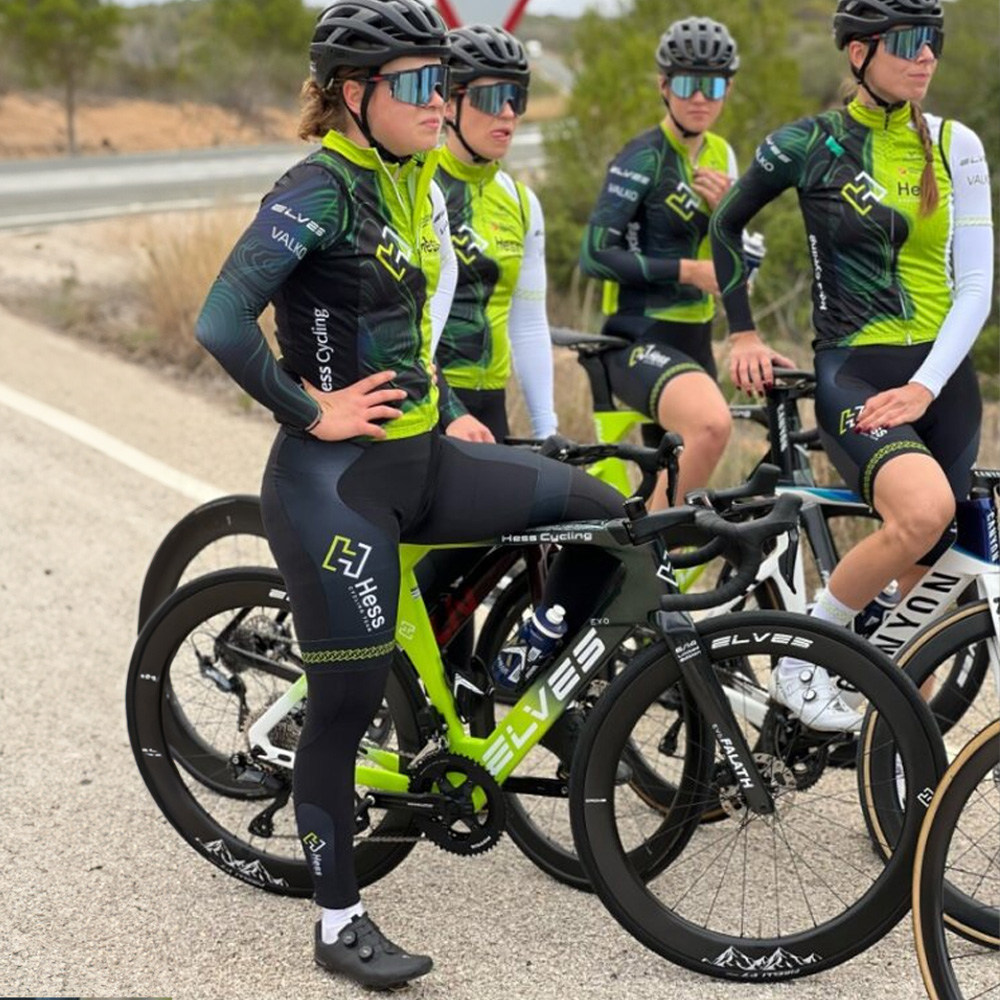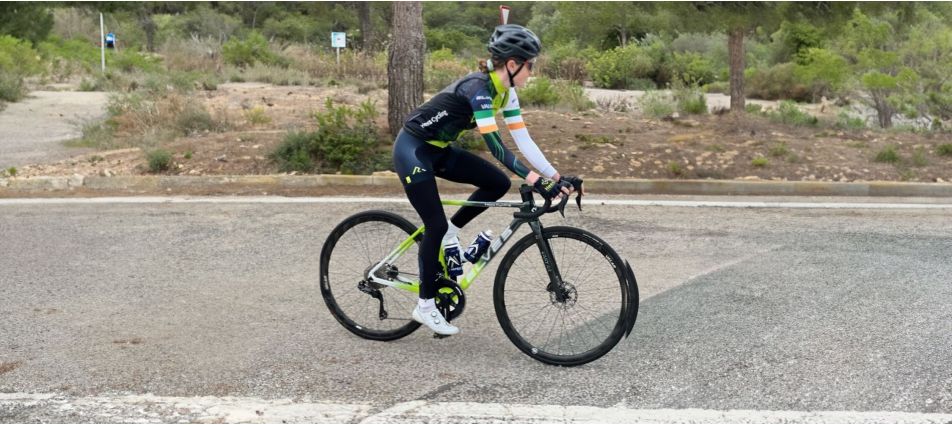Six Tips for Better Cycling
When you get into cycling, you constantly look for ways to become better. There are several ways to do this, but with guidance, it can be easier to work out where to start. Therefore, welcome to our article featuring our top 6 tips for better cycling.
These tips will help you to become a better cyclist by improving your performance, tweaking your bike, and learning new skills.
1. Improve Your Endurance
You may struggle with riding up steep hills, but improving your endurance is critical to making it more manageable. A great way to improve endurance is to ride in a larger gear than you normally would during a training ride. Doing this while seated for 5 to 20 minutes simulates uphill riding, so you become stronger. When you do this, it's essential to give yourself plenty of time to recover by riding in an easier gear.
Alternatively, find a selection of hills to mix up your training. Interspersing short climbs with longer ones adds variety. This, in turn, forces you to alter your cadence and pace, improving your endurance.
2. Make The Most Out Of Every Ride
By planning your rides properly, you can make every ride count. It's best to create a training schedule that fits in with your day-to-day life. But your schedule should also be highly focussed towards your fitness goals.
You'll get the most out of your training schedule if you incorporate a variety of training rides into your week. By mixing up normal-paced rides, high-intensity blasts, and longer rides, you'll reach your fitness goals more quickly. Every ride should have a purpose, even if it is just an easy recovery ride.
If you struggle with creating an effective cycling training schedule, you may need the help of a trainer or coach. They will ask you appropriate questions about your goals and time available. They may also recommend that you fit your bike with a power meter.
Power meters allow you to train more effectively. You or your trainer can analyze your data to see your progress. The data also lets you know if you're overdoing it and if you need to rest or ride with less intensity.
A great example of a quality power meter is the ROTOR 2INpower. This dual-sided power meter provides accurate data on your individual pedal strokes. This cutting-edge technology is one of the best ways to ensure your time in the saddle is as effective as it can be.


3. Gradually Build Up Your Rides
Sometimes, there's no substitute for just doing something to become better at it. But don't just head out on a long ride before you're ready. It's best to gradually build up your ability to ride longer distances.
If you find you're coping well with your current "long ride," increase it by 30 minutes. Or, if you feel comfortable with your current distance and time is short, build the intensity a little. It's best not to go too hard too soon. The gradual build-up will improve fitness and give you a good idea of what pace you can ride at.
A power meter is an excellent way of keeping tabs on your pace. It also allows you to monitor what you're capable of, and after a while, you'll be surprised at how far and hard you can ride.
4. Ride With More Experienced Cyclists
Cycling is actually a very sociable sport. Even though you ride with your head down, riding in a group has many benefits.
The first great thing about riding with others is that you can learn from them. More experienced cyclists will advise you on bike setup, new routes, and techniques. So, with this in mind, you may want to join a local cycling club. Cycling clubs organize group rides that motivate you to wheel your bike out of the garage each week. You will meet knowledgeable members who will give you recommendations on how to become a better cyclist.
When you join a group ride, it's essential to ride safely. Therefore, don't ride too close to the bike in front of you; focus on it and the road ahead to avoid accidents. You should also listen to warnings about obstacles ahead and alert others to any hazards you may see.


5. Learn How To Handle Your Bike
It's advantageous to learn bike handling skills. Learning the feel of your bike moving underneath you improves your cornering and how you respond to unexpected hazards.
It would be best to learn how to descend hills properly, especially when riding in a group. You should always cover your brakes and not pull on your front brake too hard, or you'll go over the handlebars. When you approach a downhill corner, plan your line in advance. If you can use the whole road safely, run wide before cutting to the inside of the corner and going wide again.
You should also put your outside pedal down to prevent the inside one from clipping the road. It's also important to select the right gear. If you choose one that's too easy, you may lose balance, but one that's too high will limit your acceleration potential.
6. Fuel Your Body Properly
It's a horrible sensation when you run out of energy on a long ride. The dreaded "bonk" comes from not fuelling your body correctly before and during your ride. Therefore, it's essential that you eat before you head out and take some energy-rich foods with you.
Don't set off with just a bowl of cereal in your stomach. Eat something more substantial like porridge or a cooked breakfast. Honey sandwiches are a great snack during your ride as they don't take up much space, and the sugar boosts your energy.
Some cyclists like to take energy gels. This is fine, but you must get used to them before relying on them. Taking energy gels for the first time on a long ride can lead to an upset stomach.
Final Thoughts On Becoming A Better Cyclist
These are just a few ways to become a better cyclist and will give you a head start for progression. There are many more things to learn, but learning how to make the most of your rides is the best way to become the cyclist you want to be.
Happy Ride #ROTORian

